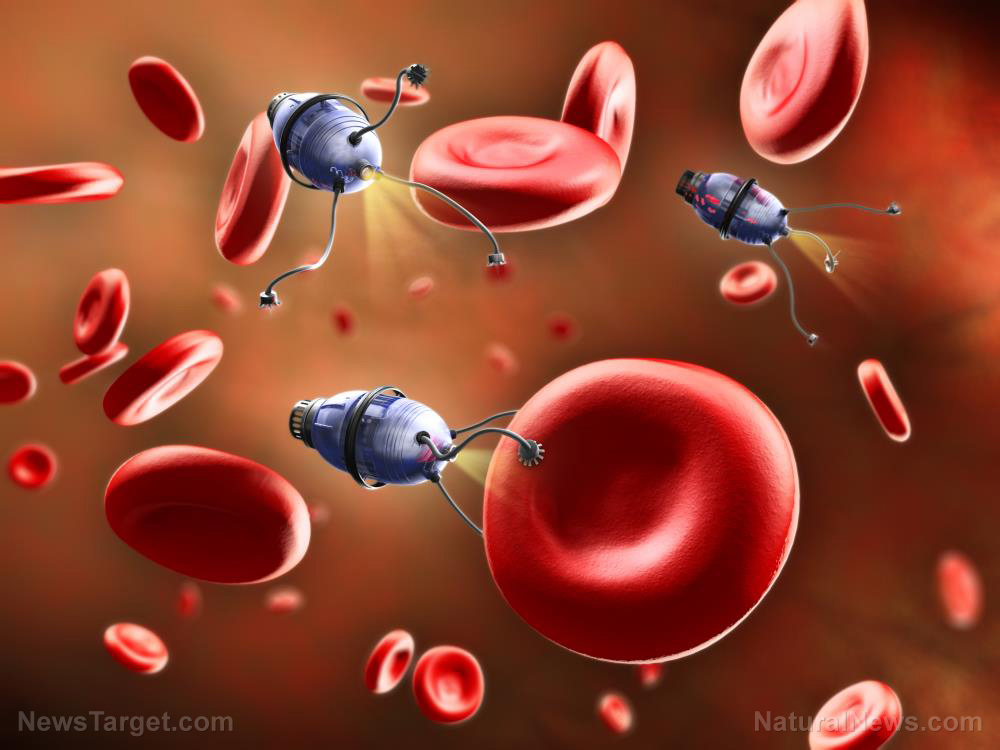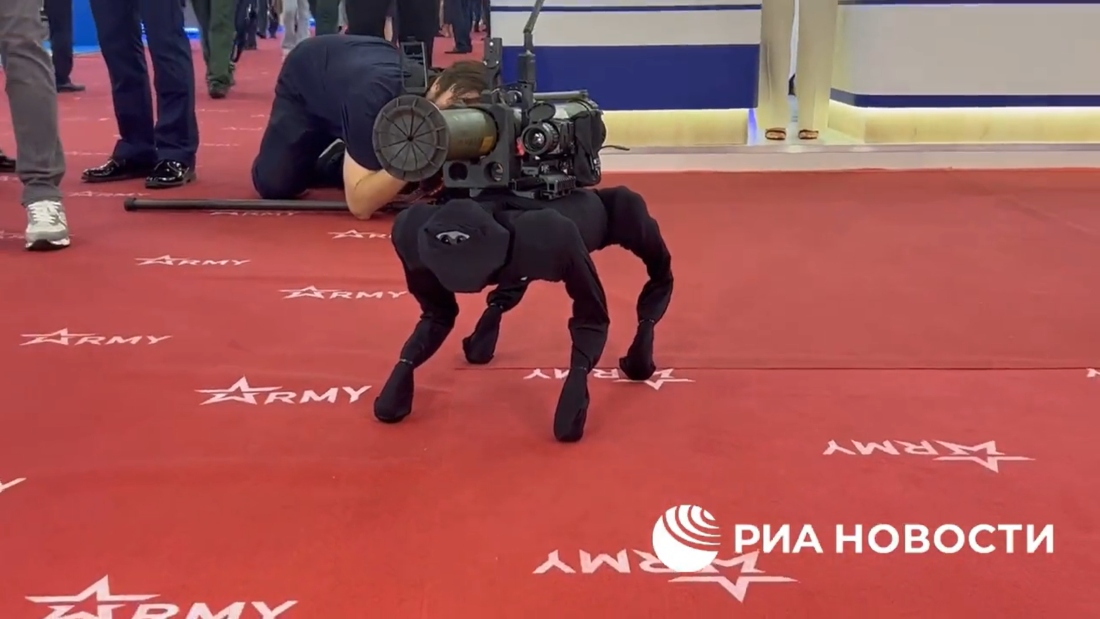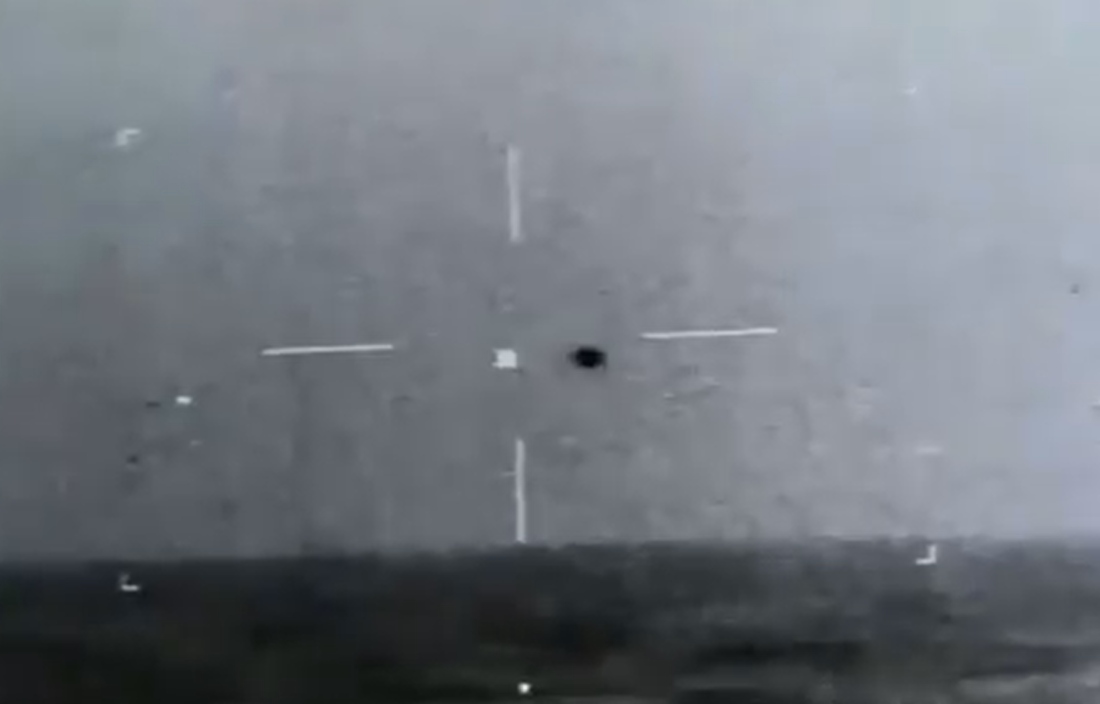Self-assembling nanotechnology has been around since at least 2001 under the name “liquid computing” … is this tech used in covid vaccines?
11/21/2022 / By Ethan Huff

In its November-December 2001 issue, Harvard Magazine published an exposé called “Liquid Computing” that highlighted a then-new technology in which nanoparticles were able to self-assemble into a computer when exposed to liquid.
The technology was developed by none other than Charles Lieber, who in early 2020 at the start of the Wuhan coronavirus (Covid-19) scamdemic was charged alongside two Chinese nationals for aiding the People’s Republic of China in developing bioweapons in Wuhan.
Lieber was convicted in December 2021 on six felony charges related to his receipt of millions of dollars in research funding from China. In early February 2022, he filed a motion for an acquittal or a new trial that was denied. His sentencing date is scheduled for Jan. 1, 2023.
Before all this, though, Harvard praised Lieber for developing something that was new to all of us with the Operation Warp Speed “vaccines,” but that has apparently been around for more than two decades. In short, Lieber’s decades-old technology appears to have finally found a use in covid shots. (Related: Check out our earlier coverage highlighting the presence of what appear to be self-assembling “nano-octopus” microparticles inside covid injections.)
How much of Lieber’s work was incorporated into covid shots?
Harvard Magazine pointed out that Lieber’s work ran contrary to that of other scientists in the nanotechnology field. Instead of using a top-down approach, or taking something big and making it smaller, Lieber used a bottom-up approach, or taking something small and making it bigger.
Using wires only three nanometers across, Lieber was able to produce “relatively cheaply” using “a few thousand dollars’ worth of equipment” a nano-sized circuit board that when immersed in liquid and poured onto a desktop formed automatically into a computer.
“Sound like science fiction?” Harvard Magazine asked at the time.
What Lieber developed was a nanowire structure capable of forming in virtually any “flavor,” meaning he was able to make different self-assembling nanowire computers using different liquid solutions.
“The potential application in microelectronics is obvious: the minute size of these building blocks allows for higher transistor densities, which could lead, at least in principle, to more highly integrated and powerful computers,” Harvard Magazine explained.
“In 10 or 20 years there might be no more need for hard disks, because solid-state memory could store so much data.”
It turns out they were right: we now have solid-state memory drives just as predicted. We also have new “vaccines” that independent researchers believe contain the very self-assembling nanowires and microscopic computer chips that Lieber helped develop.
Could it be that Lieber’s technology is the very thing being used in Fauci Flu shots to self-assemble tiny computers inside the bodies of the “fully vaccinated?” Lieber did, after all, state back in 2001 that his nanotechnology development allows for the creation of “fundamentally new properties that you can’t even conceive of when dealing with conventional materials by scaling them down.”
“Normally a molecule binding to the surface of a transistor wouldn’t have a big effect,” he went on to explain. “But imagine a protein with a charge on it coming up to something very small, where the surface is a big component. You bring this charged body up, and it biologically or chemically switches the transistor. In essence, you can electrically detect when you have a protein, a nucleic acid, or anything else.”
This sensor was tested in a “proof of concept” experiment involving prostate cancer detection. It was also stated at the time that Lieber’s technology allowed for the creation of a “centimeter-square chip to detect a billion things simultaneously, even variations in an individual’s DNA.”
Be sure to read the full story as it was published in Harvard Magazine.
Sources for this article include:
Submit a correction >>
Tagged Under:
AI, Charles Lieber, chemical violence, COVID, covid vaccine, depopulation, discoveries, future tech, inventions, liquid computing, nanotechnology, privacy watch, real investigaations, self-assembling, vaccines
This article may contain statements that reflect the opinion of the author
RECENT NEWS & ARTICLES
COPYRIGHT © 2017 FUTURE SCIENCE NEWS



















